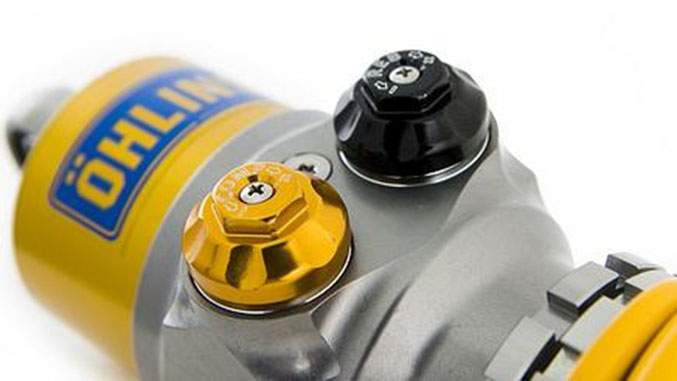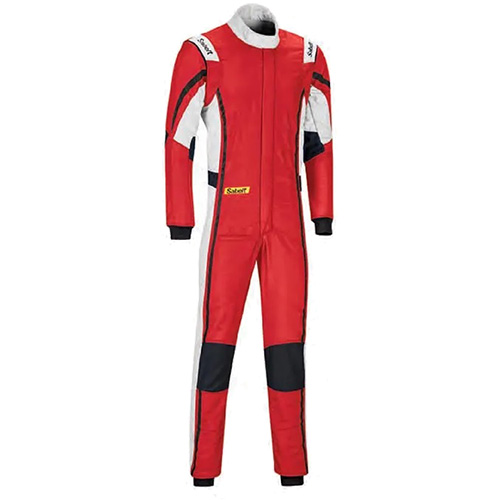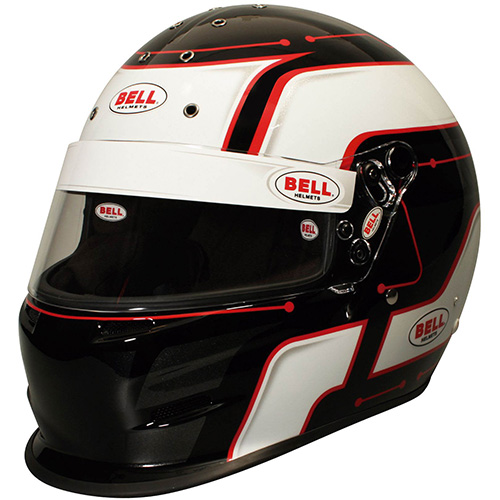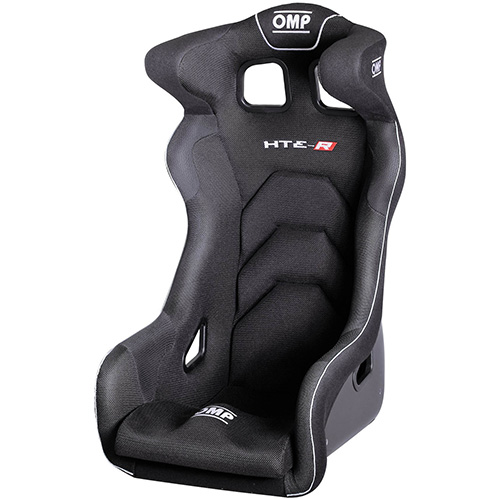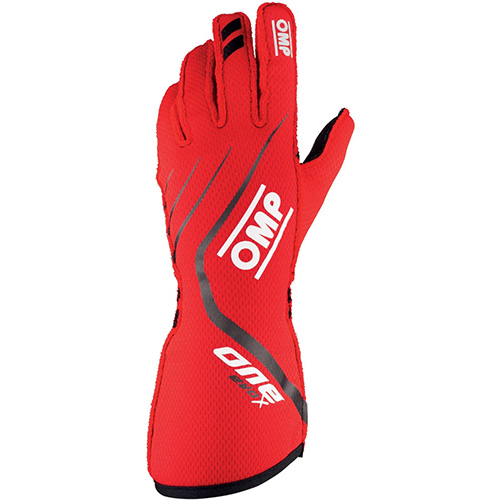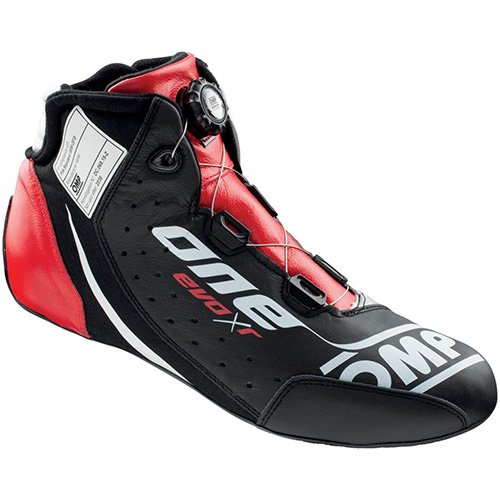You know, it would be so much easier if we could just set our tire pressures, select any old set of springs and dampers, and just drive the car. I suppose we could, but that would definitely not lead to the best handling car. So, what to do – how do we figure out what tire pressures to run, and when to soften or stiffen the springs on our car? Just ask… someone like Jeff Braun, race engineer extraordinaire. -Ross
|
Do I go softer or stiffer to make grip… or, do I add or reduce air pressure to make grip? Springs or tires?
I often get asked those simple questions by club racers, and they sometimes are embarrassed to be asking me, assuming that must be “Car Set-up 101.” Let me tell you – it’s something every top race engineer struggles with every day, every weekend. There just is no right answer. Like so many things in racing and life, ”It just depends.”
Depends on what? Well, that’s a long list but let’s take a look at some considerations to help you figure out if you should make the end of the car that is sliding stiffer or softer. And remember – if you’re adjusting tire pressure, it’s somewhat the same. Stiffer is more pressure, and softer is less pressure.
|
|
|
TRACK GRIP
This is likely the single most important factor to deciding stiffer or softer… and, as it turns out, the most difficult to quantify. We can measure so much today with data systems, and get so much information from the track regarding timing and scoring, but I have yet to see the “track grip” sensor. Actually, I have seen it and it rests in the seat of every race car! I learned how to use this sensor when karting in Europe with my son. The tracks change grip so much during an event: from super slick and slippery at the start of a weekend to so much rubber that they have to suspend racing to literally scrape the rubber off the track. The kart frames were digging into the rubber, and drivers are 2-wheeling and flipping over!
So, what you need to do is gauge the track grip with your butt sensor and make notes, then build a database of changes based on the perceived level of grip you feel. In general, if you feel the grip is low, you must be easier on the tire, and load it gently and over a longer period of time. There is no grip on the track to hold a sudden load – the tire will just slide because there is nothing to grip into. Think what would happen if we were racing on a hockey rink. You would not want a super-stiff car, but instead, you would want a soft, plush car that did not shock the tire hard and make it slide.
If we have tons of track grip, we don’t have a need to gain more grip, right? Well, often it’s a balance problem, where one end of the car has more grip than the other. We, for sure, don’t want to make the stuck end of the car worse, and take grip away. We want to make the lower-grip end catch up to the good end. So we need to make a bit more grip on an already high-grip track surface. Many times in this situation (notice I don’t say all times), we need to go stiffer to make grip here. If we don’t load the tire hard enough, and fast enough, it sort of slides over the sticky surface and is never given a chance to be forced into the grip that’s there. Other times, the car rolls so much (because it’s making great grip from the track surface), that the suspension is rolled over and the geometry is all messed up, causing that end of the car to be “out of the design limits.” Then we need to control the “platform” better to make grip. This is very common in an aero car where the underwing is rolled over too much, causing a loss of downforce.
So what about tire pressure in this whole discussion? It follows the same guidelines. As a rule of thumb, a race tire will gain 50 to 100 pounds/inch of spring rate for each 1 psi increase. If we have grip, we may be in a situation where the tire sidewall is rolling and squishing and moving all over the place, causing grip loss as the tread tries to keep up. Then we need to increase pressure, stabilizing the tire carcass, and at the same time, gaining some spring rate.
No track grip: less air, be nice and soft, and load the tire easy (remember, we’re on that hockey rink now).
DOWNFORCE CARS
This is a special case where the car is making aerodynamic downforce, and that increased loading needs to be supported with a stiffer spring/bar/damper package. If you let a flat-bottom downforce car move too much, the downforce produced by the floor is reduced. So it’s possible that no matter the track grip with a downforce car, you may need to reduce the movement of the downforce-producing components to increase grip by stiffening the set-up. As you can see, it gets tricky with a downforce car when the track has low grip, as the usual approach would be to soften the set-up, but an aero car needs to be stiff to maintain downforce.
DRIVER STYLE
If a driver is smooth, and good at balancing the car with left-foot-braking, then the engineer can usually use a softer car to make grip, and the platform control consideration is reduced on downforce and non-downforce cars alike. A “stomp on the brakes and turn” driver will struggle with a soft car, even if the track grip is low – so you may need to go stiffer to make grip just because the driver is so abrupt that he is upsetting the grip, causing your problem, and that overpowers your track grip analysis.
OTHER CONSIDERATIONS – SECONDARY EFFECTS
Every change you make to a race car has at least one secondary effect. Always consider that and try to pick a change that has a secondary effect that helps your situation.
Tire life
Softer will help tire life. At a place like Daytona for the 24-hour race, you may want to be stiffer for the Bus Stop and in the banking, but you must consider being able to double-stint tires, and the increased out-lap performance on warm tires, and weigh that against the softer set-up.
Curb use
Many tracks have curbs that, if you can run over them at the apex or exit, will greatly reduce lap times. Softer springs/bars/dampers/tire pressures will help the car ride these curbs, but that often goes against the need for a stiffer set-up on a high-grip track, or a downforce car.
A few rules of thumb on this subject (just remember that rules of thumb are just that because they are right 51% of the time, and not all the time):
1. If you’re doing track days with GT cars on tracks where most cars are on DOT tires, then you’re likely on a low-grip track, and should try softer to make grip first.
2. If you have a stock, softly-sprung car, and it feels like it leans over a lot in the corners, then breaks free later in the corner, you’re likely too soft and the suspension is out of the design limit, causing the loss of grip. Go stiffer.
3. If you’re on a super-soft race tire, then grip on the track is not as important. You’re getting your high grip from the tire. So, if you’re rolling over and losing grip, go stiffer.
4. Going softer will usually make more grip. That’s the way to bet, if you don’t have any ideas.
5. Karting at a high level in national events will teach you this subject in a hurry. Top kart tuners and drivers are the world’s experts in track grip analysis.
6. Remember that on busy pro race weekends, track grip will be a moving target, and you may need to anticipate these changes and adjust the car in anticipation of what the grip WILL be.
Keep good records of what the track grip level feels like to you, and how the changes you make changed the grip and balance; you will soon have a good understanding of when to go stiffer and when to go softer. If you figure it out, please let me in on the secret… it’s been puzzling me for 40 years!
– Jeff Braun
